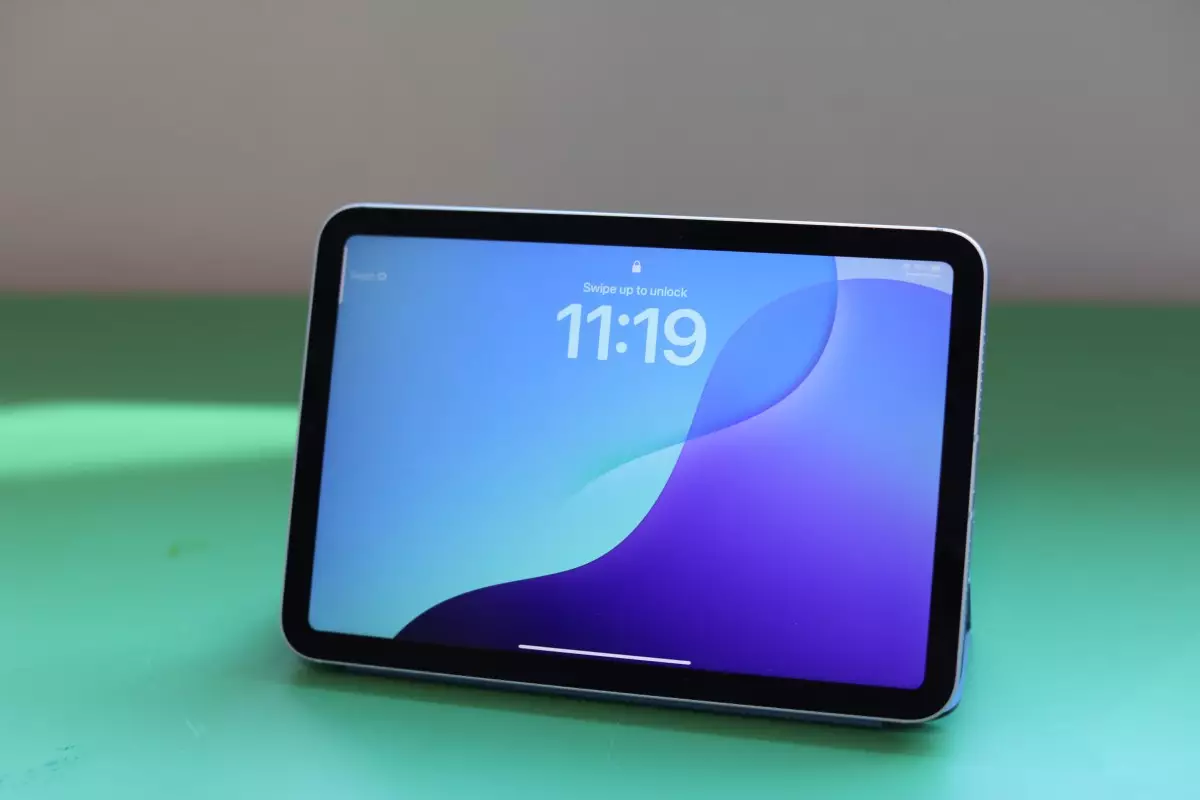The landscape of tablets has seen a fluctuating journey, with Apple’s iPad experiencing both highs and lows since its inception. After a prolonged period of stagnation, the resurgence of the iPad Mini has attracted attention, as Apple reinvigorates its tablet lineup with advanced chips and features. This article delves into the recent developments surrounding the iPad Mini, examining its upgraded specifications, positioning within the broader iPad family, and its potential in the education market.
For several years, Apple seemed to divert its focus towards more lucrative markets, leaving the iPad with less attention. This, however, has changed in light of new advancements; the introduction of the M-series chips for the iPad Pro and Air has signaled a revival for Apple’s tablets. The refinement of the iPad Mini with the A17 Pro chip isn’t merely a minor update—it’s a statement. The A17 Pro chip mirrors some of the technology used in its iPhone 16 counterparts, and its integration elevates the Mini’s position within Apple’s extensive product lineup.
While prior iterations of the iPad had struggled to find their identity between the iPhone’s portability and the laptop’s productivity, the new Mini is carving out its own niche. Unlike larger counterparts, the Mini’s compact design and high-performance capabilities make it an attractive option for various usage scenarios, from casual entertainment to professional tasks.
Apple’s decision to choose the A17 Pro for the iPad Mini highlights a critical point: this tablet is no longer an entry-level option. Comparing its specifications with the standard iPad reveals a significant disparity. The Mini boasts a higher pixel density and resolution—2266 x 1488 at 326 ppi—compared to the base model’s 2360 x 1640 at 264 ppi. This results in clearer, sharper images that are particularly noticeable during media consumption and graphic-intensive applications. As such, though the Mini fits into a smaller form factor, it does not compromise on quality.
While the iPad Mini and the standard iPad may coexist within Apple’s ecosystem, performance metrics show that the Mini distinctly outperforms its larger sibling. This advancement begs the question—does size still matter? With the Mini priced at $499 for the Wi-Fi model—substantially more than the $349 price tag of the base iPad—users face a decision influenced not solely by budget but by purpose and experience.
Apple’s iPad Mini represents a blend of both utility and portability. Its 8.3-inch screen provides a middle ground that caters to various audiences. Students may appreciate the smaller, lightweight design as an aid in note-taking and drawing, particularly with the enhanced Apple Pencil integration. The recent revamps made to the Calculator app reinforce its usability for academic purposes, establishing the Mini as a robust educational tool. Moreover, the compactness allows for easy storage in backpacks or even larger pockets—something that larger tablets simply cannot offer.
Nonetheless, when considering the overall user experience, one must also contemplate screen real estate. The Mini’s dimensions make it somewhat optimized for note-taking and casual media consumption, yet limitations emerge when juxtaposed with larger options like the iPad Air or Pro. For those predominantly interested in watching movies or engaging in artistic endeavors, the larger screens of the Air or Pro models might offer a more fulfilling experience.
The impact of the A17 Pro chip extends beyond performance; it also resonates within educational use cases. With the addition of Apple’s generative AI capabilities—exclusive to the newer iPads—the iPad Mini enables a more seamless writing and research experience. The potential for real-time document rewriting and enhanced learning tools positions the Mini as a unique asset for both students and educators.
However, it’s essential to address the caveat regarding generative AI. While the Mini offers this cutting-edge feature, access to similar functionalities through platforms like ChatGPT diminishes the tablet’s uniqueness in this arena. The educational value may not be as groundbreaking as Apple intends, but for those immersed in creativity and productivity, the Mini holds substantial promise.
As the iPad Mini stands at a crossroads, it is commendable to see Apple embracing its smaller tablet with greater emphasis and technological advancements. However, the question looms large: does the Mini fit into the broader lifestyles of its potential users?
Personal reflection indicates that while the Mini has its merits, it might not yet fit a broad spectrum of needs. Alternatives such as larger iPhones or the standard iPad challenge its place in the market. Thus, while the upgraded features, pricing, and performance make the iPad Mini enticing, whether it is an essential purchase hinges on individual requirements and preferences. As Apple continues to refine its product range, the iPad Mini remains a noteworthy chapter in the evolution of tablets, demonstrating that, even in a crowded market, innovation is key.

